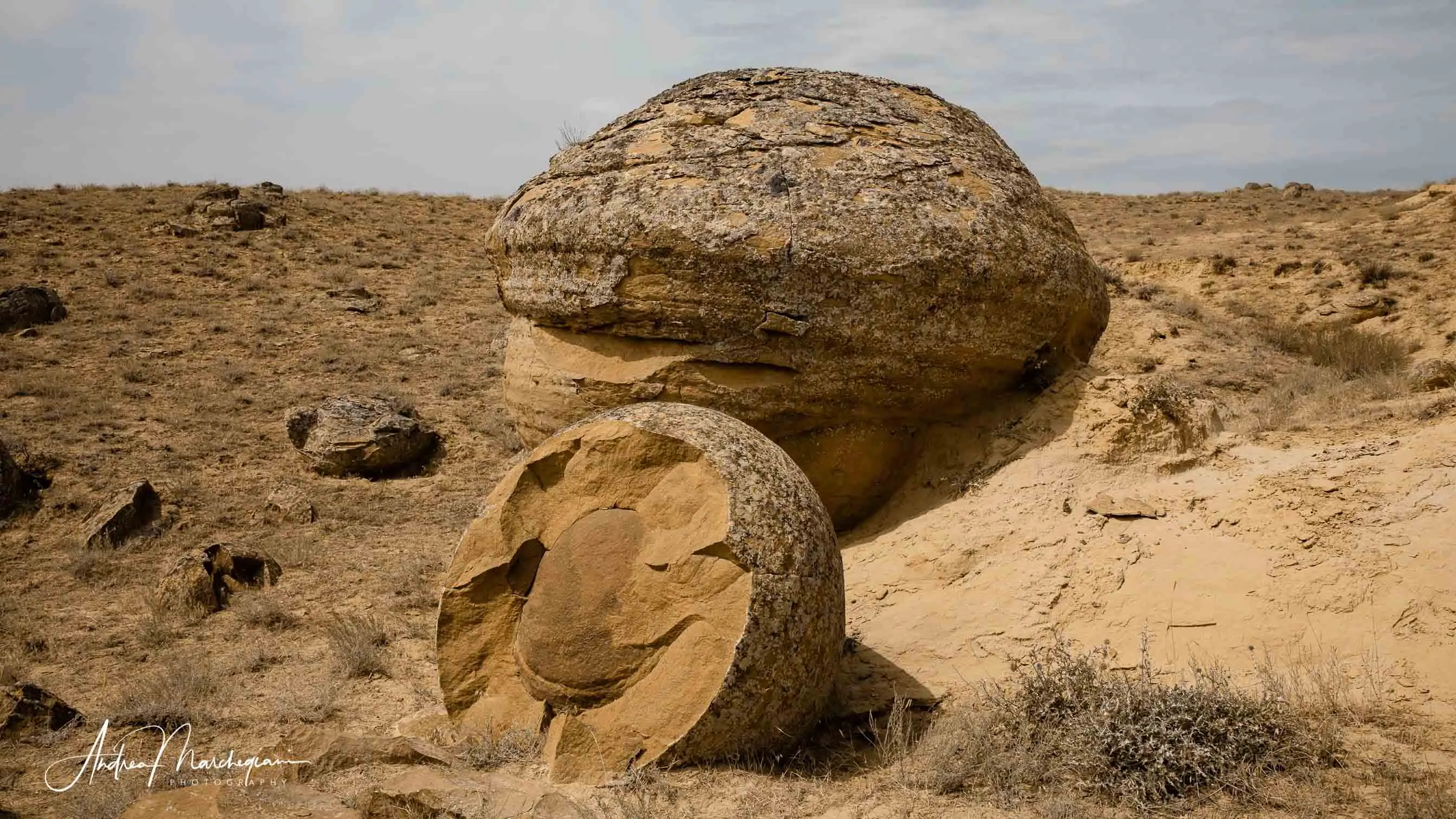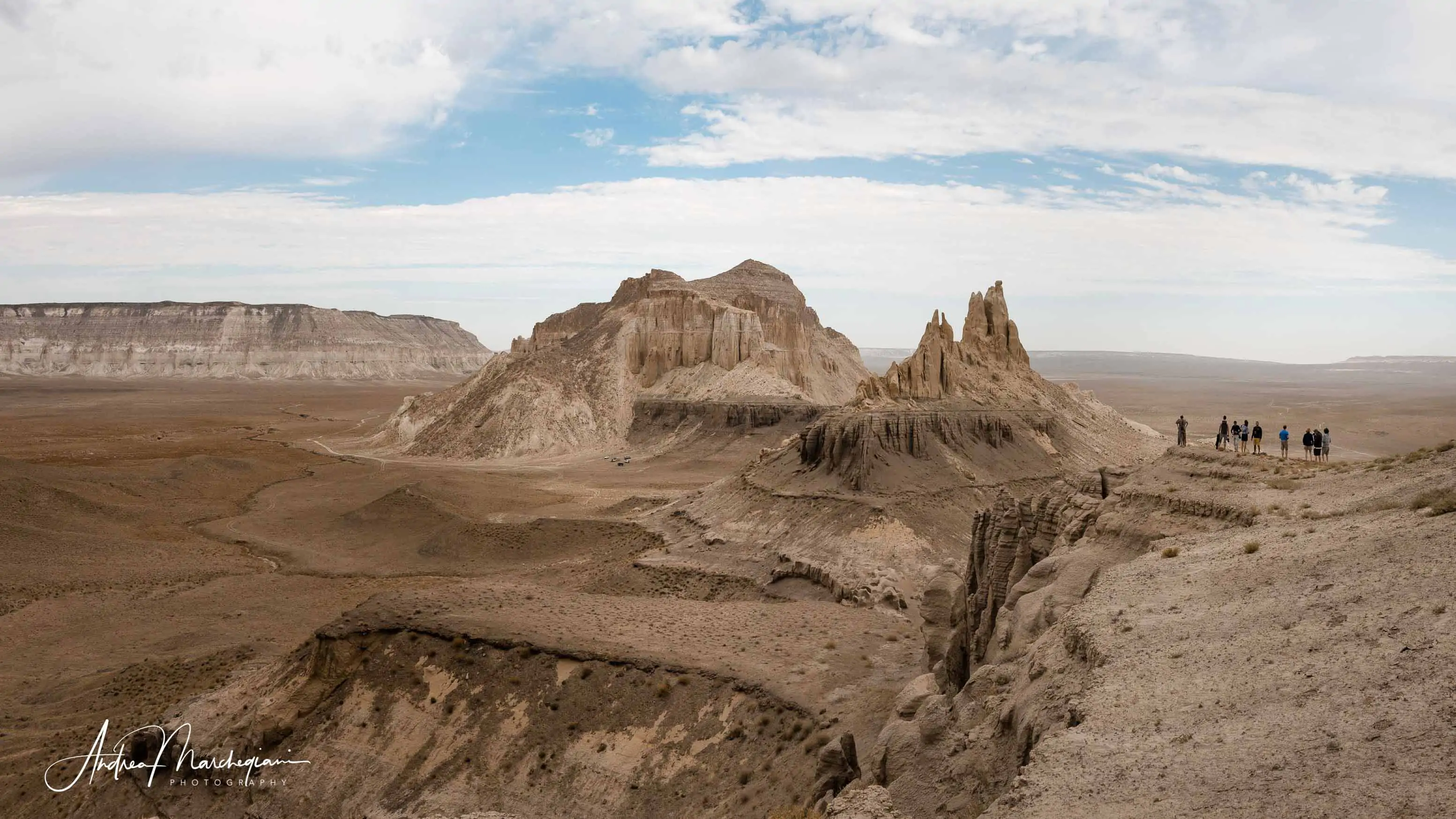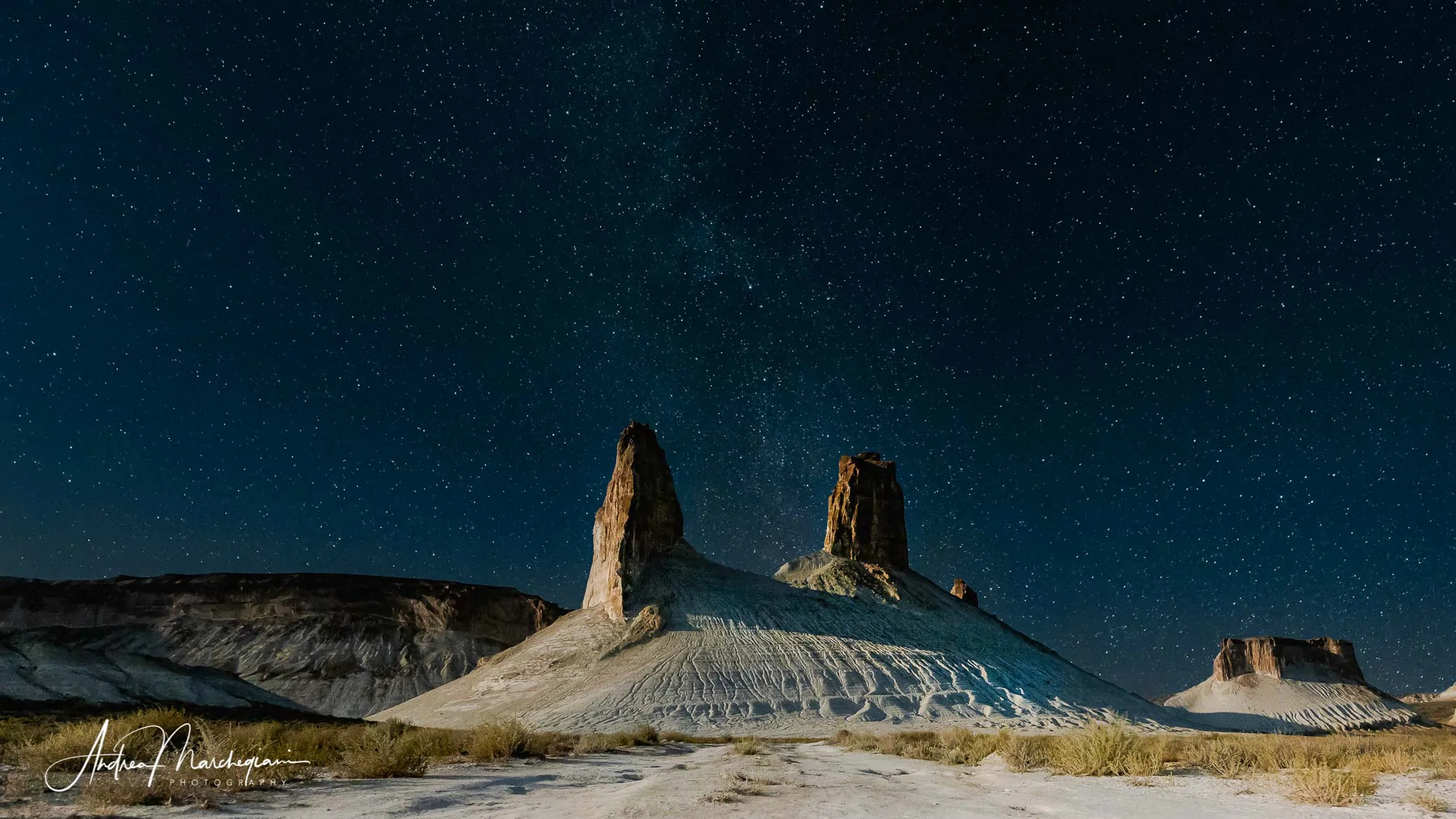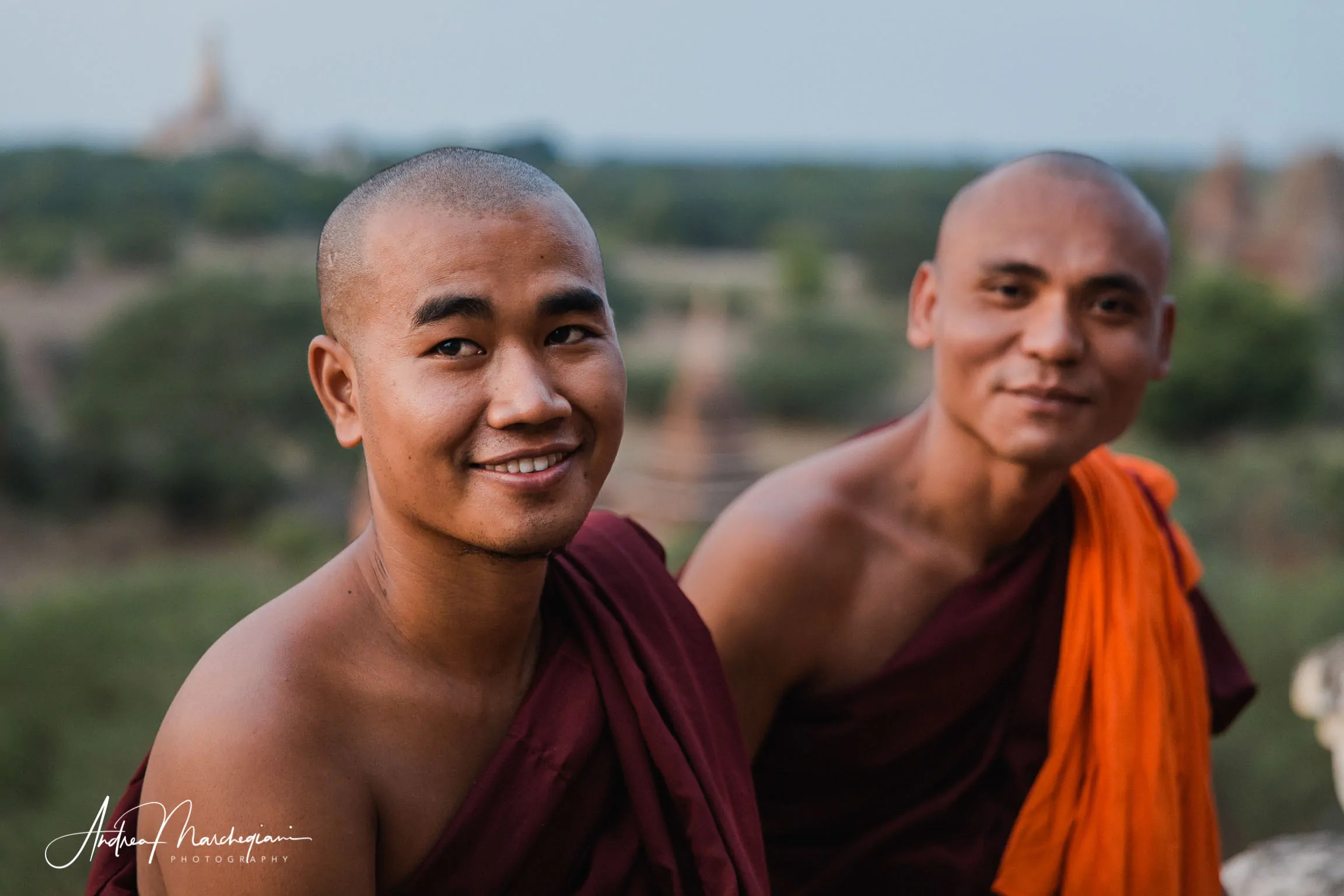
- Home
- Photo Galleries
- Portrait Photography
- Landscape Photography
- Street Photography
- China
- Ethiopia
- India
- Holy Ganges
- Varanasi
- Varanasi Ganga Aarti
- Varanasi, Manikarnika Ghat
- Varanasi Streets & Alleys
- Varanasi Demolition
- Varanasi Fruit Market
- Sarnath
- Brick Kilns
- Tamil Nadu, Chennai & Mamallapuram
- Tamil Nadu, Fort Tirumayam & Madurai
- Tamil Nadu, Tiruvannamalai & Thanjavur
- Kerala, Munnar
- Kerala, Peryiar
- Kerala, Backwaters
- Kerala, Kochi
- Kazakhstan
- Myanmar
- Senegal
- Uzbekistan
- Travel Blog
- China
- Ethiopia
- India
- Tamil Nadu & Kerala
- Varanasi
- Whato to do in Varanasi
- Varanasi Life along the Ghats
- Varanasi Death along the Ghats
- Varanasi Ganga Aarti Ceremony
- Varanasi demolished to honor Shiva
- Varanasi Fruit Market
- “Varanasi, A Journey into the Infinite”
- Sarnath
- All about River Ganges
- Holy Shit. All about Indian Cow Dung
- Clean India Project
- Brick factories
- Tilaka, pundra, bindi: what is the mark on Indian foreheads?
- Kazakhstan
- Mongolia
- Ulaanbaatar, the coldest capital in the world
- What to do in Ulaanbaatar
- Chinggis Khan Museum, 6 floors of Mongolian history
- Gorkhi-Terelj National Park and Bodgkhan Natural Reserve
- Altai Mountains, Things to do in Olgii and Sagsai
- Living with the Eagle Hunters
- Sagsai Eagle Festival
- Navrus Festival
- Xöömej, Mongolian throat singing
- Mongolian Food
- Myanmar
- Senegal
- Uzbekistan
- Latest Posts
- Photography Blog
- About
- Prints
The mountains of Mangystau in Kazakhstan are protected by imaginary castles, with spires, towers and walls. They defend our right to fantasize and create fantasy worlds, as we used to do as children.
Share with your friends:

One of my first childhood memories was a kindergarten game. I looked at the clouds in the sky and enjoyed guessing what shape of objects they resembled. A few clouds seemed like a gentleman with a long beard and I wondered if that was the God the nuns were talking about. In Mangystau there is no time to wonder what clouds look like. Its rock formations have such strange shapes that you can spend all day figuring them out.
I wake up in my single tent, which Sergey passes for a double, and I’m ready to get in the jeep. Today we will visit a very unusual site, which the Kazakhs call Torysh, the British “Valley of Balls” and we Italians, not to lapse into the vernacular, translated with the “Valley of the Spheres”.



Torysh, the Valley of Balls
The site is located in the western area of the region, near Shepte. What makes it so unusual is the presence of thousands of rock spheres, scattered along wide steppe valleys. The spheres vary in size, some are as small as a handbag dog, others are as big as cars.
“This is a unique place in the world!” Sergey says enthusiastically. ” There are no others like that in the world!”
In fact, just do some research online to find that a similar phenomenon is also present in New Zealand. The causes that led to such rock formations have been little studied so far, and we all wonder if the spheres were produced by accumulation of material or erosion…
We walk far and wide through the site and find some orbs that split over time. Inside, you can see a core of more compact matter, like the yolk of an egg. To us, this proofs the phenomenon probably occurred due to the accumulation of material around a nucleus. We live our Indiana Jones moment and feel we are all expert geologists!
We stop for lunch along a dirt path. We eat the usual baby meal that would make a Roman truck driver mad. I am consoled by the beauty of the Valleys of Balls. But it is a quick consolation, since an angry wind rises and fills our eyes with sand and ugly thoughts. We finish lunch in a hurry and get the hell out… of Torysh!
Along the way we come across a natural water source. A truck is refueling there and we also take the opportunity to wash away some sand. When you’re dirty, water is the best!



Shergala Sherkala
Our tour continues carefree. The steppe opens wide in front of us, flat and vast. Then, alone, the Shergala Sherkala emerges as a mirage. It is a very famous mountain among locals, who admire the color streaks and its particular shape.
Sherkala in Kazakh means “lion mountain”. Sergey invites us to note that the silhouette of the mountain resembles that of a lion lying down or a sphinx. Let’s get back in the jeep and flank Sherkala. Its shape changes until it becomes similar to that of a yurt, a large circular curtain. I don’t think I had such a fantasy even as a child, but I try to make a little effort!


Mangystau, the Valley of Castles
Morning was fun. The afternoon will be poetic.
We head towards Airakty Shomanai, or the Valley of Castles.
Here the Ukrainian poet and painter Taras Shevchenko created a series of paintings he called “The Valley of Castles”. The rock formations, with their particular profiles, recall fortified castles, with towers, spires, walls and colonnades. The paintings, made in 1851 while the painter was in exile, filled the world with wonder and made famous this otherwise unknown place.
We arrive in the late afternoon, when the sunlight becomes grazing, casts long shadows and makes everything even more impressive. A few camels walk alone, a group of horses graze the dry grass of the steppe.
Here we will spend the third beautiful night in the desert. Before we set up the tents, we take a long walk and admire every intersection, every peak.
In Mangystau all the conveniences of modern life simply fade away. And we are so glad to forget.





















